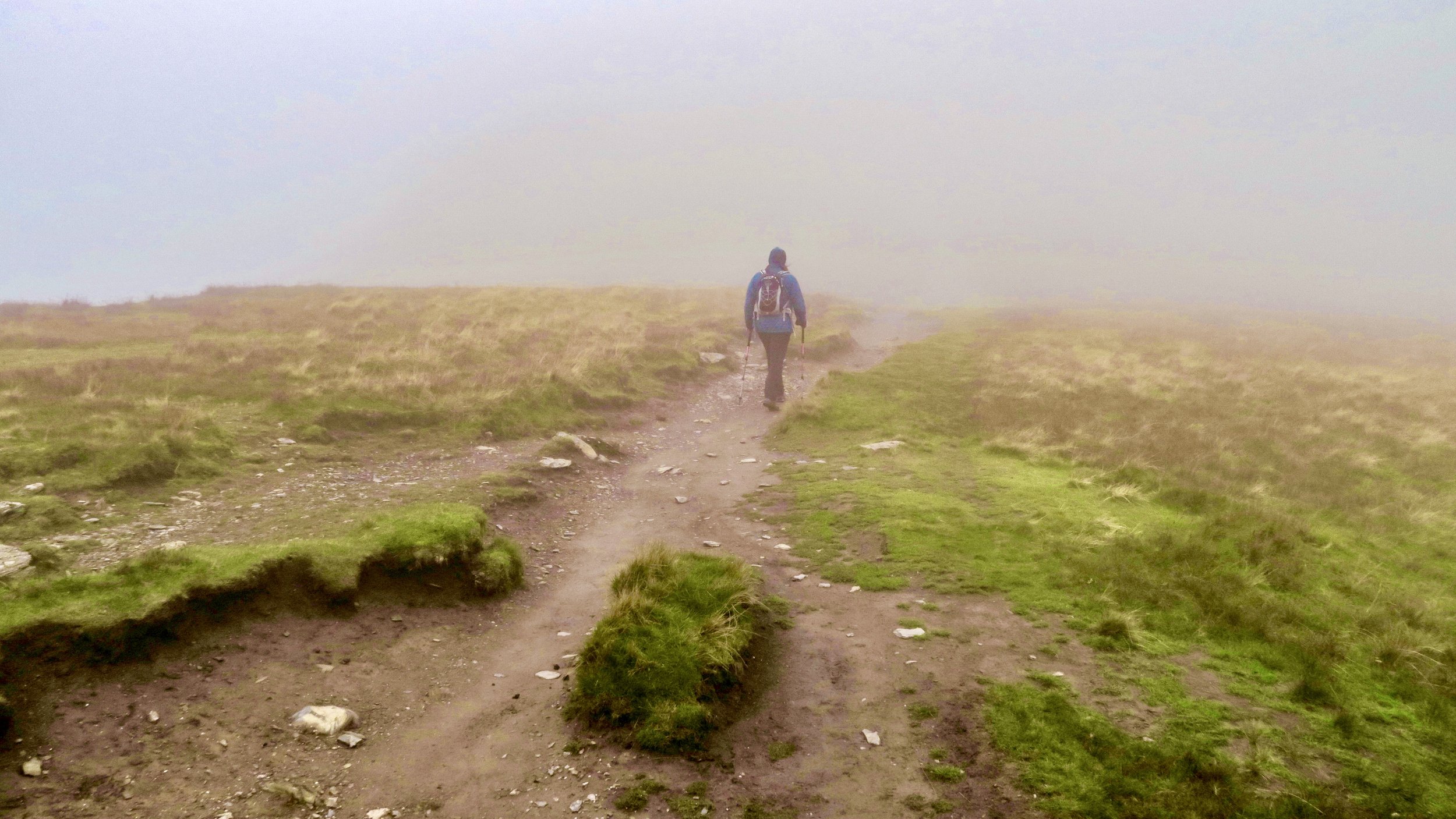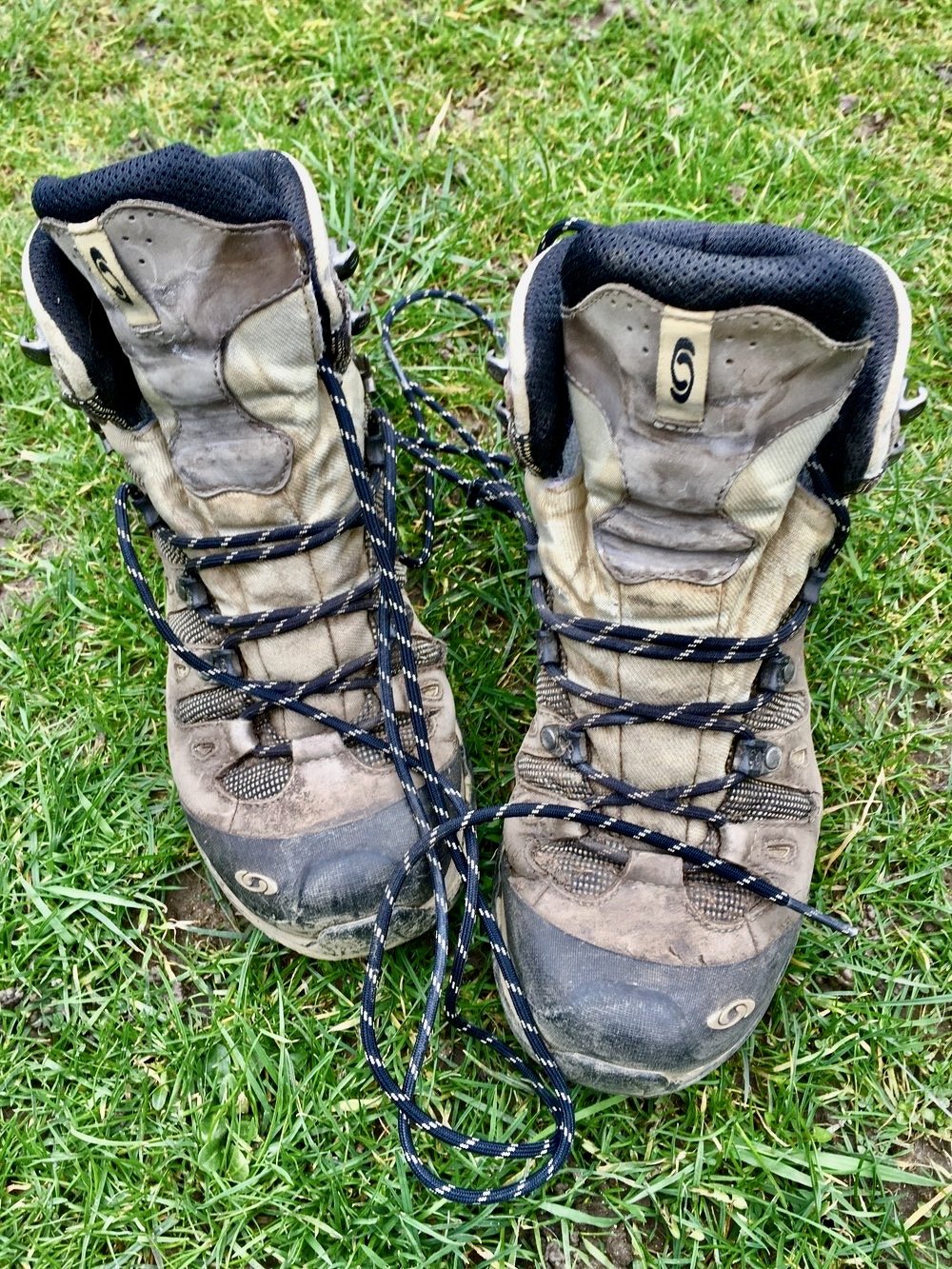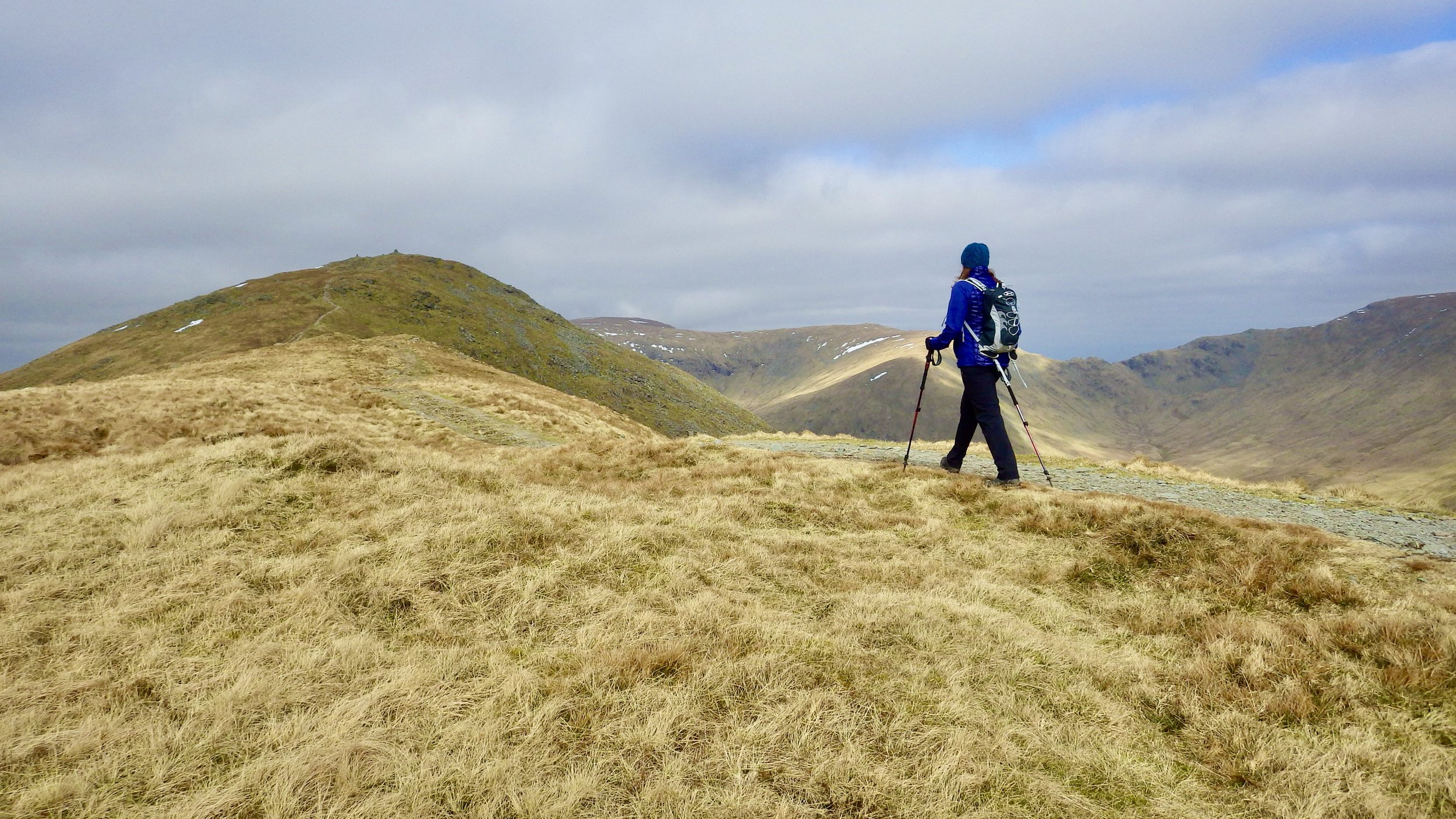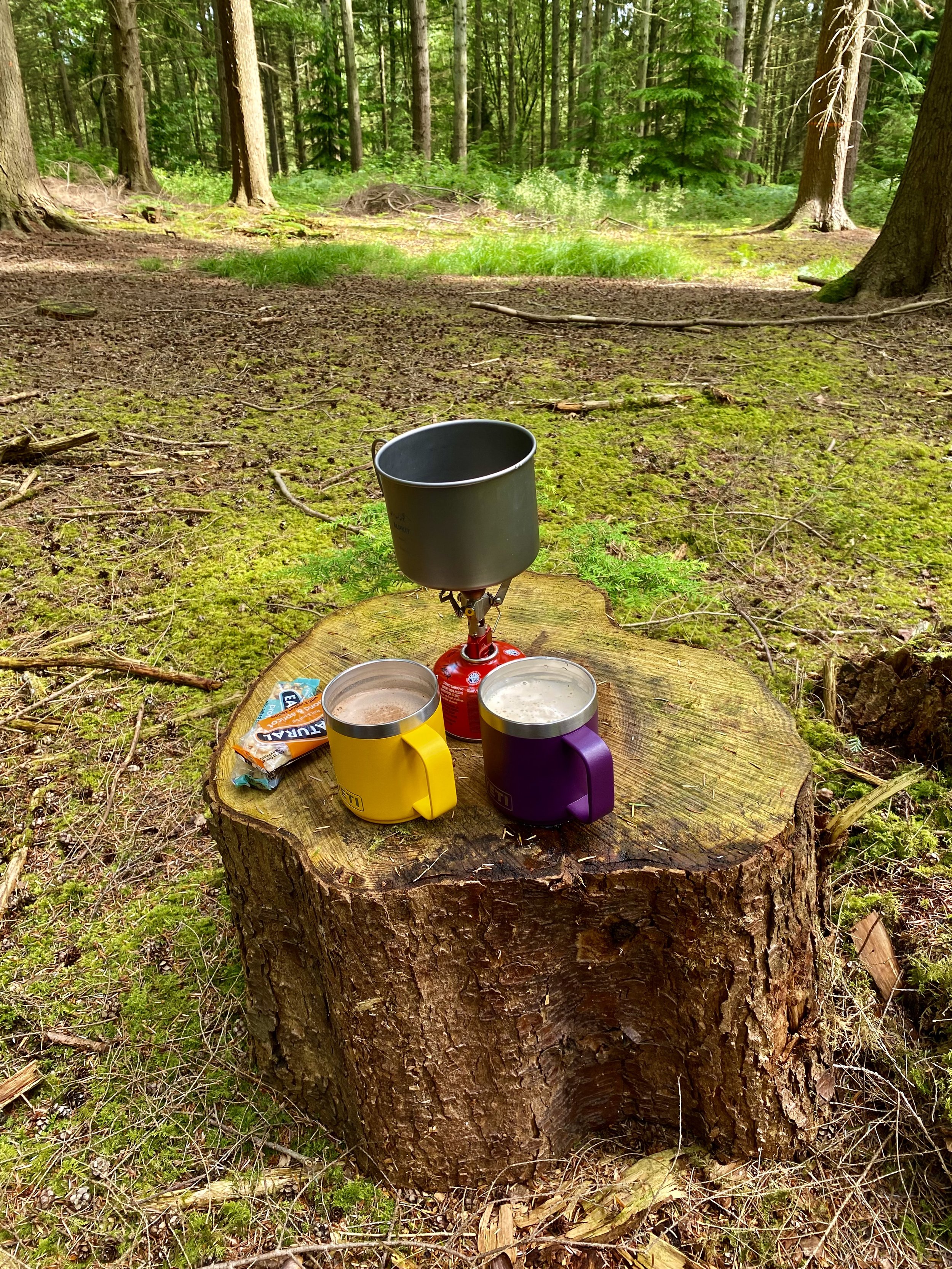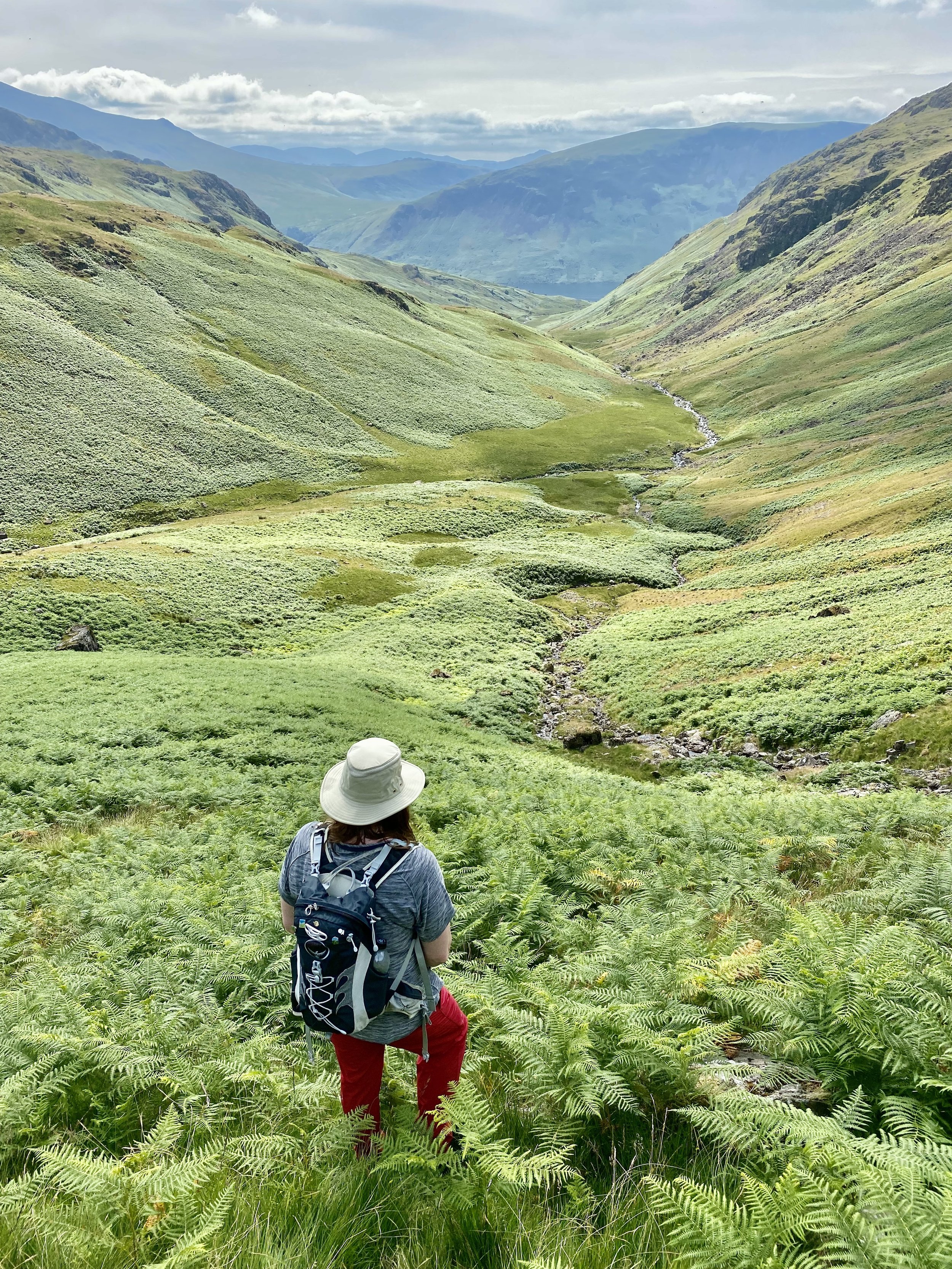Coping with adverse weather conditions
/We’ve just returned from our first visit of the year to the Lake District. We climbed ten Outlying Fells in three walks, leaving us just 24 to do in order to finish all 116, which we hope to complete this year. Two of the walks were in overcast, fairly windy but dry weather, but the last walk was in torrential rain, high wind and poor visibility, although thankfully not too cold.
So why did you walk on that particular day I hear you ask, and it was certainly something we asked ourselves on more than one occasion! Rain was forecast for the remaining three days of our week and we had already put this walk off by a day, but there was no other option, given that this is what we’d planned for the week. Also, frankly, we didn’t really want to come all the way back up to the far north east of the Lake District again, given that we’ve booked into accommodation as close as possible to the remaining walks throughout this year.
So, how do you prepare for, and then cope with, long walks in adverse weather conditions; in particular heavy rain?
Thankfully, in our experience, days like the one we had are fairly few and far between, but are really are much more of a mental than a physical challenge. To look out of the window and see low lying cloud and wind whipping the rain in horizontal sheets does mean a fair amount of mental determination is needed before venturing out. If you have the right mindset and focus, accept it’s going to be a bit miserable, but relish the challenge, then that’s the first hurdle overcome.
Most importantly, you really do need the right clothing. If you’re fairly serious about your walking, you will need to invest in one or two key things to enable you to stay out all day. First, a good Gore-Tex waterproof jacket is essential and you may need to spend a bit more on it to ensure it’s both comfortable and practical. No jacket is going to keep you 100% dry, but if you are mostly dry and more importantly, warm, you can stay out for hours. A cagoule or thinner raincoat just won’t be robust enough. Secondly, you will need Gore-Tex waterproof overtrousers (mine weren’t nearly as expensive as jackets can be), but you will be so glad of their wind and rain prevention capabilities. I have a pair of Berghaus trousers which are comfortable to wear and work like a dream. Next is a thick pair of Gore-Tex gauntlet gloves. Mine have a soft fleece lining and, whilst they did get sodden, my hands were still warm and relatively dry at the end of six hours. Lastly, I would recommend a waterproof rucksack cover. They usually come in eye wateringly bright colours, but that’s what you want in the mist and fog, and they really do keep everything super dry.
Accept that your feet will get wet. We had never encountered so much surface water as that day, as well as slippery rocks, slimy mud, swollen becks, raging waterfalls and saturated grass. I can tolerate wet feet as long as they don’t get cold, and my boots do leak, so we took a small microfibre towel and spare socks, just in case our feet got really cold, which thankfully they didn’t. My boots took five days to dry out though…
Wear a hat under your hood. It keeps the hood snugly in place and your head warm and dry. Tuck longer hair up or tie it back to prevent it getting caught in zips and sticking to your face in the wind and rain.
Use walking poles. They were invaluable on this walk for stability and balance on slippery ground and for poking into streams and marshes to test the depths.
Make sure you know how to navigate. We were in a very remote area with not a soul around, in miles of grassland with lots of rocky tops, in thick mist. When you’re turning this way and that, trying to find a summit in an expanse of grassy moorland, it’s easy to become disorientated, especially when there aren’t as many recognisable features with which to pinpoint your location. Make sure you have waterproof covers for GPS devices and maps, spare batteries and ensure phones are fully charged and in protective cases.
Take food you can snack on quickly. It isn’t always easy or pleasant to try and sit in the pouring rain when there isn’t much shelter, and you will find you get cold very quickly when you stop moving. Whatever your food of choice, make sure it doesn’t take you long to get it out of your pack and eat. You could keep something in a pocket, but I don’t tend to as I don’t really want a soggy mess to eat.
Take a sit mat with you. It will prevent you having a cold backside at the very least, whilst giving your feet and back a rest, if only for five or ten minutes.
Carry a water bladder. It’s not overly appealing drinking cold water in the rain, but keeping hydrated is important and it saves having to stop and rummage in your pack for a water bottle whilst everything inside gets soaked, and you get cold.
Watch where you put your feet. We both slipped, mainly on mud, and we were watching our foot placement, but be more vigilant when everything’s sodden. Rocks become especially lethal.
Keep positive. Try to block out the discomfort and and enjoy what you can see around you, even if it’s just fleeting glimpses through the cloud. We still had beautiful, misty valley views every so often, some gorgeous black fell ponies and stunning waterfalls to admire. Thinking about a hot bath got me through about two and a half miles of valley walking whilst slipping and sliding around in the mud.
Finally, try to see the funny side of your situation rather than bemoaning it. We laughed when one or other of us skidded or tripped (after we made sure we weren’t hurt!) and there were lots of times when we looked at each other, laughed and asked ourselves what on earth we were doing, but it really helped. When you get back, take off those wet clothes, soak in the bath, sit by the fire and dry off and you’ll find that, strangely, these are the types of walks that stay in the memory for longer!
